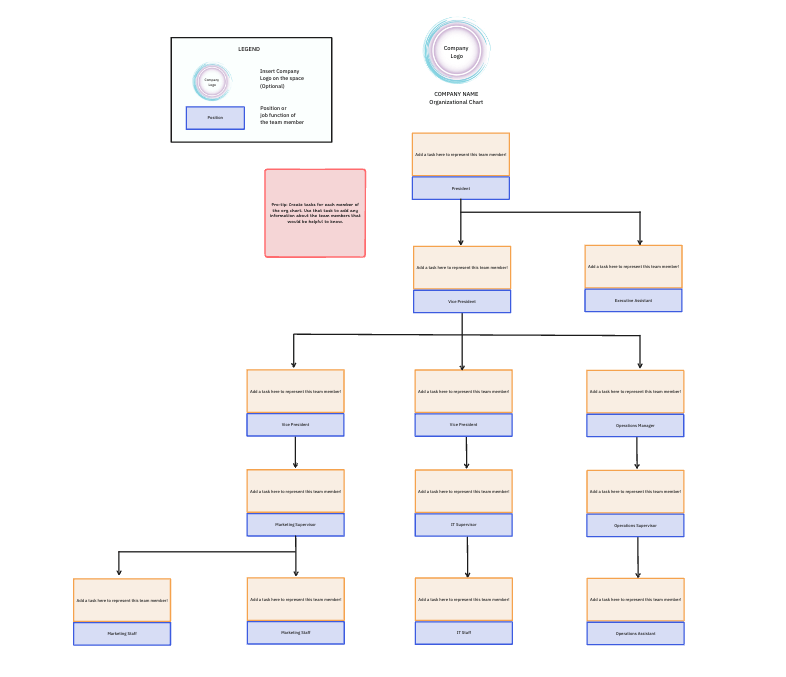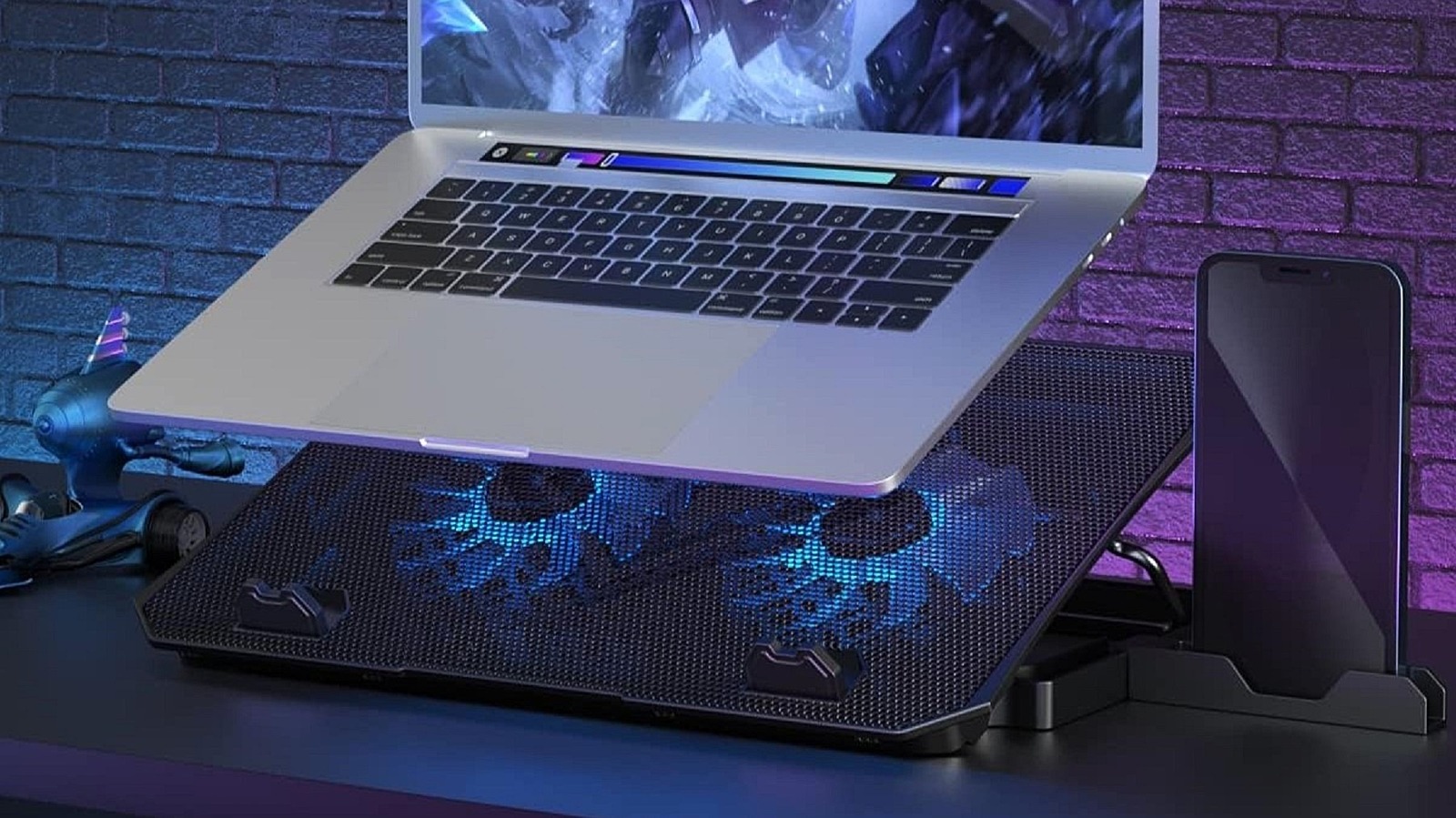A man works on the electronics of Jules, a humanoid robot from Hanson Robotics using AI, at the recent International Telecommunication Union AI for Good Global Summit in Geneva Copyright AFP/File Valentin FLAURAUD
How many senses do we have? How many do we need for ‘normal’ cognitive function? Scientists at Skoltech developed a new mathematical model of memory that explores how information is encoded and stored. This analysis suggests that memory works best in a sevendimensional conceptual space — equivalent to having seven senses.
The finding implies that both humans and AI might benefit from broader sensory inputs to optimise learning and recall. These results could help improve robotic systems, artificial intelligence, and our understanding of how the human mind stores information.
According to the researchers, it appears that when each concept retained in memory is characterised in terms of seven features—as opposed to, say, five or eight—the number of distinct objects held in memory is maximised.
Engrams
Commencing the research, the scientists focused on modelling the basic units of memory known as “engrams.” An engram is a sparse collection of neurons in different brain regions that fire together. Each engram represents a concept, described through a set of features.
For humans, these features correspond to sensory experiences—for example, the concept of a banana includes its appearance, smell, taste, and other sensory qualities. In this framework, the banana becomes a fivedimensional object within a mental space containing all the other memories stored in the brain.
An engram is a unit of cognitive information imprinted in a physical substance, theorized to be the means by which memories are stored as biophysical or biochemical changes in the brain or other biological tissue.
Engrams appear to evolve over time, becoming sharper or more diffuse depending on how often they are triggered by sensory input from the outside world. This process represents how we learn and forget as we interact with our environment.
Seven is the optimal number of senses
According to lead researcher, Nikolay Brilliantov of Skoltech AI: “We have mathematically demonstrated that the engrams in the conceptual space tend to evolve toward a steady state, which means that after some transient period, a ‘mature’ distribution of engrams emerges, which then persists in time…As we consider the ultimate capacity of a conceptual space of a given number of dimensions, we somewhat surprisingly find that the number of distinct engrams stored in memory in the steady state is the greatest for a concept space of seven dimensions. Hence the seven senses claim.”
This means let the objects that exist out there in the world be described by a finite number of features corresponding to the dimensions of some conceptual space.
Brilliantov explains that suppose that we want to maximise the capacity of the conceptual space expressed as the number of distinct concepts associated with these objects. Here, the greater the capacity of the conceptual space, the deeper the overall understanding of the world. It turns out that the maximum is attained when the dimension of the conceptual space is seven. From this Brilliantov concludes that seven is the optimal number of senses.
The mystery of number seven
Brilliantov adds that this number does not depend on the details of the model — the properties of the conceptual space and the stimuli providing the sense impressions. Instead, the number seven appears to be a robust and persistent feature of memory engrams as such.
One caveat is that multiple engrams of differing sizes existing around a common center are deemed to represent similar concepts and are therefore treated as one when calculating memory capacity.
The memory of humans and other living beings is an enigmatic phenomenon tied to the property of consciousness, among other things, notes Brilliantov. Advancing the theoretical models of memory will be instrumental to gaining new insights into the human mind and recreating humanlike memory in AI agents.
The research appears in the journal Scientific Reports, titled “The critical dimension of memory engrams and an optimal number of senses.”







